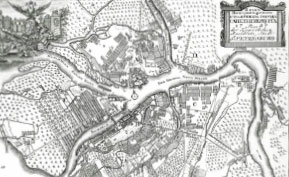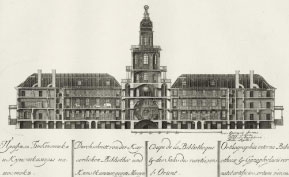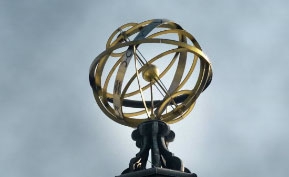- Visit Us Safely
- Opening Hours
- Getting Here
- Admission and Tickets
- Exhibitions
- Virtual 3D Tour
- Kunstkamera Mobile Guide
- History of the Kunstkamera
- The Kunstkamera: all knowledge of the world in one building
- Establishment of the Kunstkamera in 1714
- The Kunstkamera as part of the Academy of Sciences
- The Kunstkamera building
- First collections
- Peter the Great's trips to Europe
- Acquisition of collections in Europe: Frederik Ruysch, Albert Seba, Joseph-Guichard Duverney
- The Gottorp (Great Academic) globe
- Siberian expedition of Daniel Gottlieb Messerschmidt
- The Academic detachment of the second Kamchatka expedition (1733-1743)
- 1747 fire in the Kunstkamera
- Fr.-L. Jeallatscbitsch trip to China with a mission of the Academy of Sciences (1753-1756)
- Siberian collections
- Academy of Sciences' expeditions for geographical and economic exploration of Russia (1768-1774)
- Research in the Pacific
- James Cook's collections
- Early Japanese collections
- Russian circumnavigations of the world and collections of the Kunstkamera
- Kunstkamera superintendents
- Explore Collections Online
- Filming and Images Requests FAQs
The Kunstkamera building
The museum is located in two buildings: the original Kunstkamera building, the first museum building in Russia, and probably one of the oldest purpose-built museums in the world, and the museum wing attached to it in 1887. A tower crowns the building with an armillary sphere symbolizing the solar system. According to the legend, Peter I had chosen the construction site. When looking for the spot for the museum, he noticed a peculiar pine tree growing nearby and ordered that the building be erected at that location. Part of the trunk of this pine tree is now on display in the Kunstkamera. The architect Andreas Schlüter most probably created the original layout of the building. Based on Schlüter’s drawings, G.J. Mattarnovi developed it further with the personal input of Peter I. Later on, architects N. Harbel and G. Chiavery directed construction works. The Kunstkamera and the Library opened doors to the public on November 25, 1728. Architect M. Zemtsov completed the entire complex of works in the Kunstkamera’s building by 1734.
After the fire in the Kunstkamera building in 1747, some halls were redecorated. For instance, on the ceiling of the second-floor auditorium of the Eastern wing of the Kunstkamera (the Library hall, nowadays, the Baroque hall where the natural science collections are on display), the artist D. Gianni made a stucco pattern in 1757. In the 1770s, the sculptor M. Pavlov created two high reliefs: Celebrating Europe and Triumph of Russia. The plafond and high reliefs have survived to this day. The wooden tower, which burned down in 1747, was rebuilt only 200 years later. At the same time, the building was topped with the famous armillary sphere (designed by R.I. Kaplan-Ingel).



